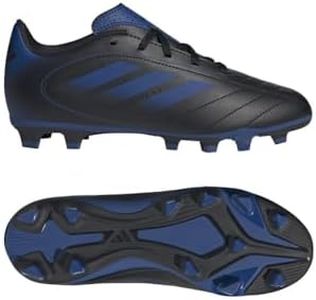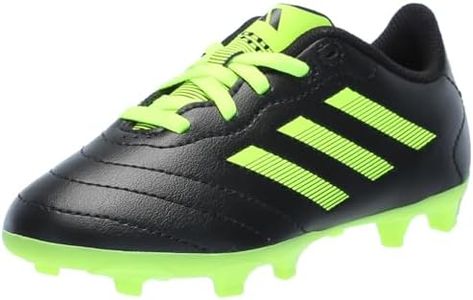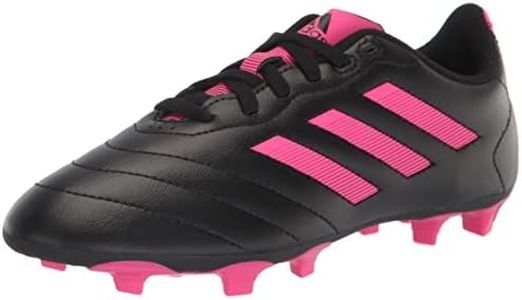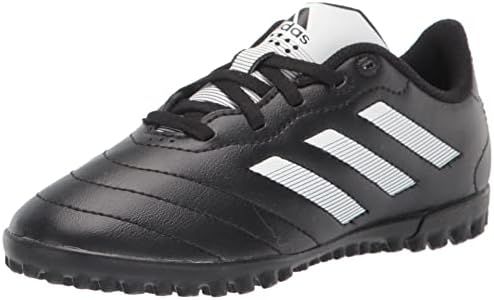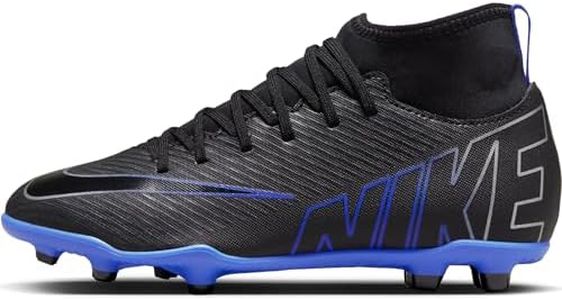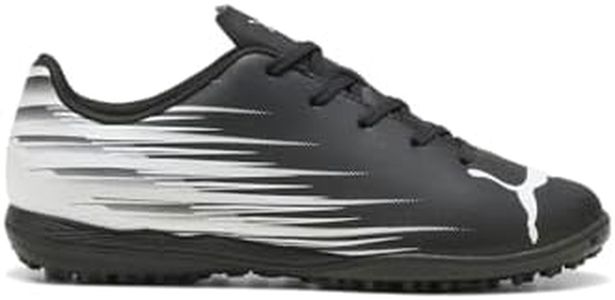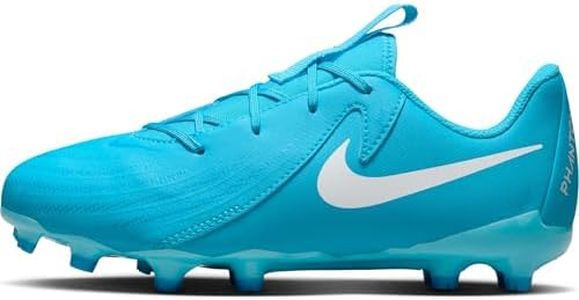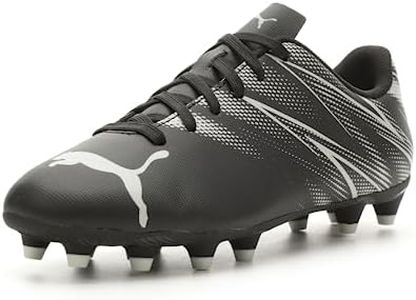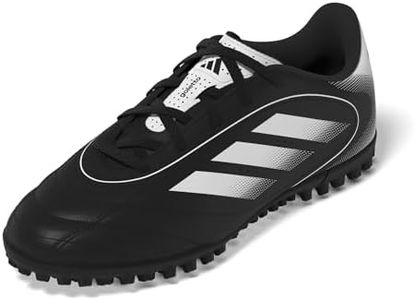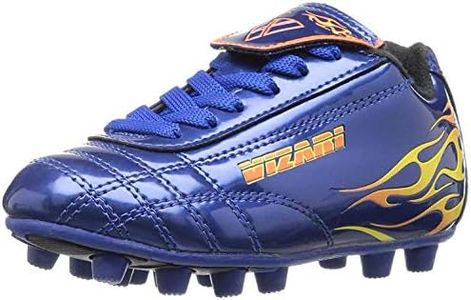We Use CookiesWe use cookies to enhance the security, performance,
functionality and for analytical and promotional activities. By continuing to browse this site you
are agreeing to our privacy policy
10 Best Soccer Cleats For Kids
From leading brands and best sellers available on the web.Buying Guide for the Best Soccer Cleats For Kids
Choosing the right soccer cleats for kids is essential to ensure both comfort and performance on the field. Because children's feet are still growing and developing, it's important to find a pair that fits well, provides proper support, and matches the surfaces where your child usually plays. Being thoughtful in your selection can prevent injuries and encourage your child's enjoyment of the game.Fit and SizingFit and sizing refer to how well the cleats match the shape and length of your child's feet. Proper fit is crucial for comfort, preventing blisters, and avoiding foot problems. Soccer cleats should have a snug fit but not be too tight—there should be about a thumb's width of space between the toe and the end of the shoe. Since children's feet grow quickly, it can be tempting to buy a bigger size to make shoes last longer, but cleats that are too large can cause slipping and affect performance. Measure your child’s feet regularly and choose the size that offers both secure fitting and some allowance for growth, but avoid overly loose shoes.
Type of Field StudsThe type of studs underneath the cleat determines the shoe's grip on different playing surfaces. There are generally three types: molded studs for natural grass, turf shoes for artificial grass, and indoor shoes for gym-type surfaces. Molded studs are best for softer, outdoor grass fields; turf shoes have many small, rubber studs suited for artificial grass; and indoor shoes have flat soles for hard, indoor courts. To pick the right type, think about where your child plays most often and choose a cleat designed for that surface, as mismatched studs can lead to slipping or discomfort.
MaterialThe material of the upper part of the cleat can affect both comfort and durability. Leather offers a soft feel and molds to the foot, making it comfortable but requiring more care and not always being as durable. Synthetic materials are lighter, more water-resistant, and generally easier to clean, but may not be as breathable. For most kids, synthetic cleats are a practical choice for durability and low maintenance, but if your child has sensitivity or needs a softer fit, try a lightweight leather.
WeightWeight refers to how heavy or light the cleats feel. Lightweight cleats help kids move more freely and quickly, which can be especially useful for younger players who are just starting to build their skills and confidence. Heavier cleats may provide more protection but can slow kids down. When choosing, consider your child's age and position—lighter cleats are often better for speed and agility, while heavier cleats might be beneficial if your child frequently plays in defensive positions.
Ankle SupportAnkle support in soccer cleats comes from the design around the collar—the part that wraps around the ankle. Low-cut cleats allow for maximum flexibility and movement, which many players prefer, while mid- or high-cut designs offer more support and protection against twists and sprains. Younger or less experienced kids might benefit from extra ankle support, especially if they have a history of ankle issues or are just starting. Consider your child’s needs and comfort level when choosing the collar style.
Closure TypeClosure type refers to how the cleats are fastened, usually by laces, Velcro straps, or a combination. Laces provide a secure, adjustable fit, but very young kids may struggle to tie them. Velcro closures are easier for kids who haven't learned to tie laces, making them convenient for younger players. For older kids, laces offer a better, more customized fit. Pick the closure that matches your child’s age and independence with putting on shoes.
